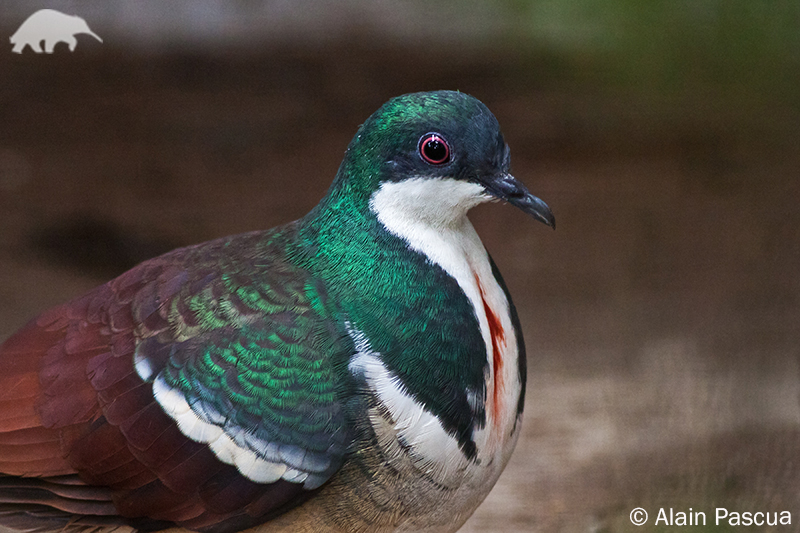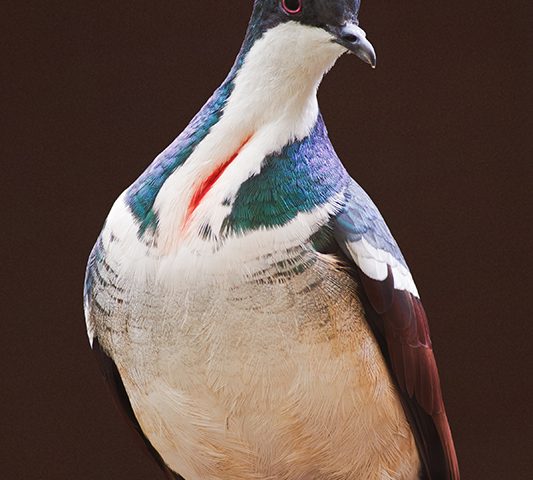About
The Negros Bleeding Heart was once widespread and common in the 19th century, now a much smaller population remains.
Bleeding-hearts are so-called because of a vivid red or orange patch of plumage on the breast of the bird that resembles a puncture wound. However, in this species the patch is narrower than in the other species of bleeding-hearts. This species is part of the Columbidae family of birds, which diverged from all other bird families 32.7 million years ago during the Paleogene period. Within this family, the genus Gallicolumba diverged within this family 28.7 million years ago. In 1988, only 4 per cent of forest cover remained on Negros, whilst on Panay this was only 8 per cent. Today, the shrinking forest fragments are still being cleared for timber, charcoal burning and to make way for plantations and crops. Efforts are ongoing to strengthen protected area management and involve Negros Forests and Ecological Foundation, as well as other existing local non-government organisations and people’s organisations in the protection of the species. It was bred for the first time in captivity in 2007 at the Centre for Tropical Conservation Studies, and now 18 birds are part of the captive population, and there are plans for reintroduction.
- Order: Columbiformes
- Family: Columbidae
- Population: 70-400
- Trend: decreasing
- Size: 30cm
EDGE Score
Distribution
This species found on the Islands of Negos and Panay in the Philippines.
Habitat and Ecology
This species is found in primary forest between 300 to 1,000 metres in altitude. The species shows a tolerance for degraded and secondary habitat. This is a shy species that forages for invertebrates on the forest floor as well eating some fruits. This species only flies when startled or to avoid danger. Nests are made in low epiphytic ferns.

